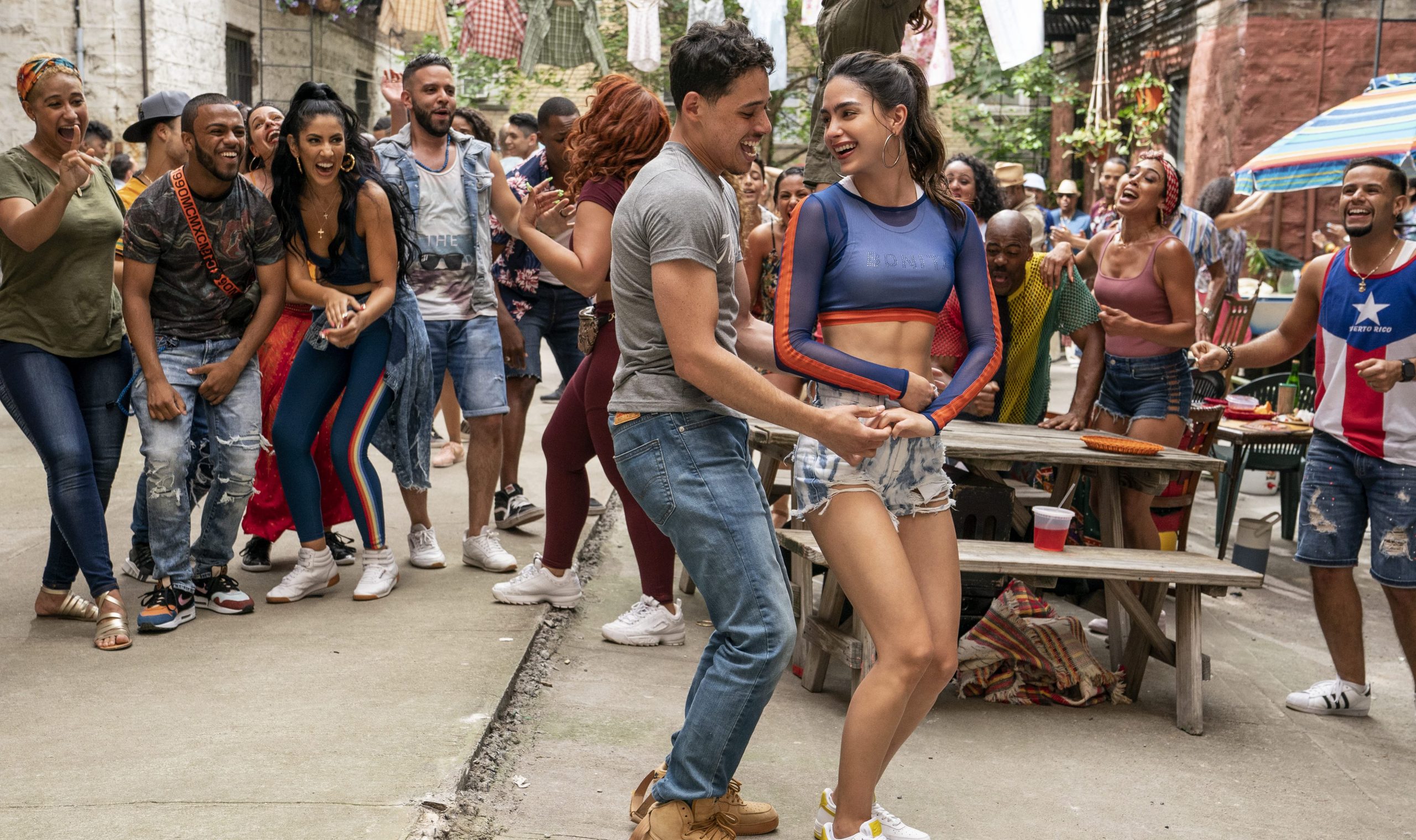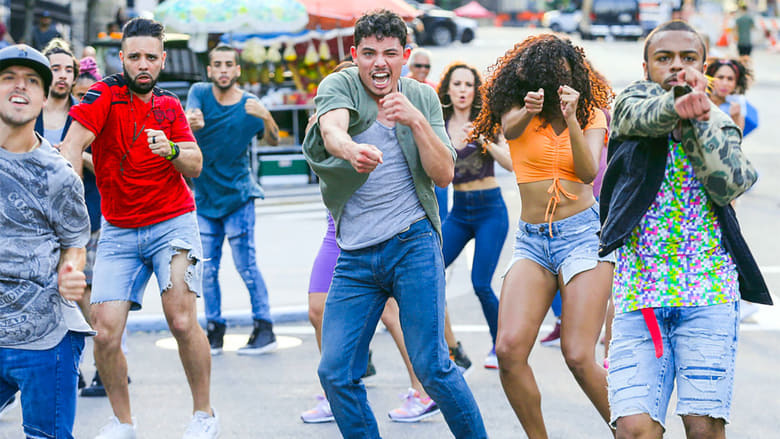(RNS) — I am not a movie critic.
But, I will tell you this.
“In the Heights” is going to be the movie of the summer. Even though I am not in the Oscar-prediction business, I fully expect this movie to walk away with all sorts of awards.
If it were only that we are grateful to be back in the movie theaters, after more than a year of absence: dayeinu (it would be enough).
“In the Heights” is a real treat. Adapted from Lin-Manuel Miranda’s musical, written while he was still in college, “In the Heights” is a collection of stories from the Dominican community of Washington Heights — stories of love, longing, homesickness, restlessness and ambition. It is a musical and dance tour de force, and the swimming pool scene alone deserves an Oscar — if only for its wonderful channeling of old Esther Williams routines. Of course, Miranda’s lyrics are sheer poetry.
For those who live outside the New York area, a geographical primer. Washington Heights is pretty much the northernmost neighborhood in Manhattan (OK, Inwood is a little farther north). It is not only in the geographical heights of Manhattan; it is also a geological high spot as well, dotted with hills and stairways and amazing views of the Hudson River.
A friend of mine sniffed: “So, where are the Jews in the film?”
It was a point well taken. Washington Heights has been a major Jewish community for more than a century. My friend Steve North does a wonderful job of chronicling its Jewish past and present.
In particular, Washington Heights was the landing area for German Jewish refugees from Hitler (lovingly, or not so lovingly, called yekkes) — so much so that it was called “Frankfurt-on-the Hudson,” or sometimes even “the fourth Reich.” Add to that: the en masse migration to Washington Heights of the followers of Rabbi Joseph Breuer and the presence of Yeshiva University, which has guaranteed a stable population of all stripes of Orthodox Jews.

Still from “In The Heights.” Courtesy photo
Among those who found refuge in Washington Heights: Dr. Ruth Westheimer and Henry (nee Heinz) Kissinger. Lin-Manuel Miranda lives there as well. To this day, Washington Heights is a sweet melange of Dominicans and other Latinos, Blacks, Jews, Irish, hipsters and gentrifiers who are looking for the last possible affordable place in Manhattan to live.
If you don’t mind the climb out of the subway station at 181st Street (yes, there is an elevator), check it out. I was there last March, right before the pandemic. “Take the A train” (so to speak) from 181st Street, and you wind up in Columbus Circle in 20 minutes. And you get to live in a sweet, diverse place.
So, how did this film wind up being so devoid of Jews?
First, there is a small geographic issue. In general, the remnant of the old German Jewish community is west of Broadway; the Latino community, east of Broadway.
Second, “In the Heights” is not our story. It is the story of Dominican and other Latino immigrants. It is the story of immigration and immigrants. It is about hard work and striving; about parents wanting more for their children and willing to sacrifice for it (how nice to see Jimmy Smits again, long after “L.A. Law” has faded from the screen).
“In the Heights” is about family — and how the boundaries of family get extended into the community itself; about older, wise people who are full partners in raising someone else’s children.
It is also a story about exile — about being far away from home. It is about the dream of returning to a homeland — the Dominican Republic — and what it means to re-create and re-imagine what a homeland can be.
Dare I say it? “In the Heights” is the story of the Dominican diaspora. It is the story of golah and geulah — of exile and redemption.
Jews will watch “In the Heights” and weep. So will anyone. Because “In the Heights” is a universal movie — in the same way that “Fiddler on the Roof” was a universal musical, and “Shtisel” is a universal Netflix series. Home, exile, longing — these are universal themes.
And, therefore, no less Jewish. And, therefore, profoundly Jewish. Even from several blocks away from Washington Heights’ “Frankfurt-on-Hudson.”

Lin-Manuel Miranda on the Today show on Nov. 19, 2019. (Photo by Nathan Congleton/NBC/NBCU Photo Bank)
Back to Lin-Manuel Miranda.
He is a genius — one of the truest creative spirits of our time.
What, in fact, could he do with a Jewish story?
If he were to expand into tragic opera, consider what he could do with “The Diary of Anne Frank.” Or, the life of Herzl.
As Herzl himself once said: If you will it, it is no dream.






